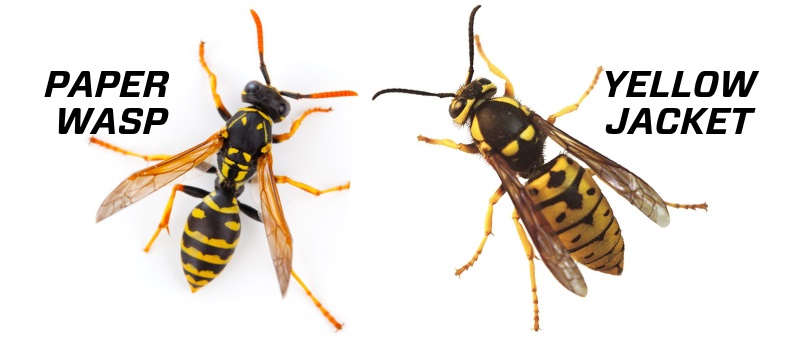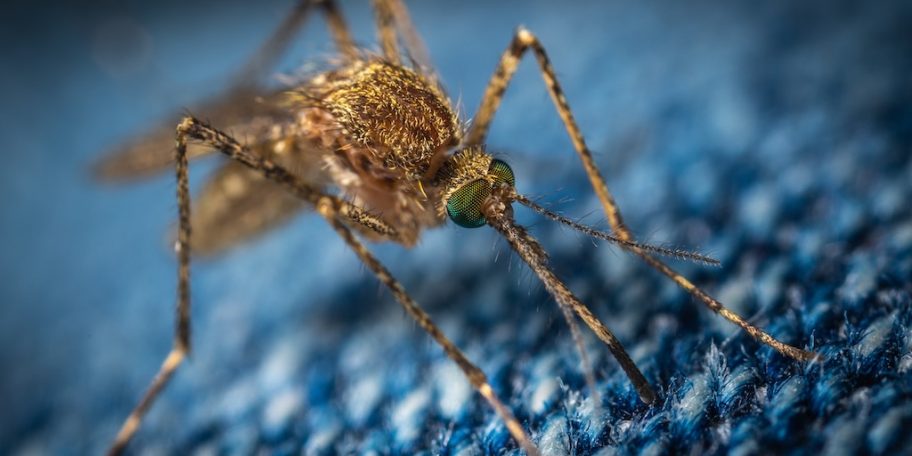Insect stings are a major cause of anaphylaxis in the US. Approximately 4% of adults in the USA report systemic allergic reactions to insect stings. In adults with a history of these reactions, there is a greater than 50% chance that the next reaction will be as severe or worse. A few hives or swelling at the site of the sting is not a high risk reaction but anything more is considered venom anaphylaxis. Fortunately, treatment is available for this potentially life-threatening condition. Venom allergy is diagnosed by performing either blood or skin allergy testing. If test results confirm venom allergy, then allergy hypo-sensitization (allergy shots) can reduce your chance of recurrent reactions by 95%. Testing should be done no sooner than 6 weeks after your most recent sting since a recent reaction could temporarily suppress your response to testing. Insect stings for which allergy treatment has been proven effective include wasps, hornets, bees, yellow jackets and fire ants. Biting insects have also been reported to cause allergic reactions. These include the, bedbug, mosquito and flea.S
The Local Stinging Insects Are:
Yellow Jackets, Wasps, Bees and Hornets. Patients with stinging insect allergy are usually tested for all stinging insects because they may be allergic to more than 1 type and they may not have seen or recognized the insect. Look at this image quickly and see if you can tell the difference—-

Biting Insects
Are you a mosquito magnet? Subtle variations in heat, movement and the carbon dioxide in our exhaled breath may explain why you are a target. It is only the female that feeds since she needs a blood meal to produce eggs. To feed she inserts her long proboscis into a tiny skin blood vessel. She injects her saliva which contains proteins that prevent clotting—but that also elicit an immune response. Mosquito bites can swell a lot and are best managed with antihistamines and topical steroid creams.
The most feared are bed bugs for obvious reason. The bedbug, Cimex lectularius, bites in a row and feeds at night. At first there are minimal reactions but with increasing bites and exposure, the bites may look more inflamed . Sometimes only one bed partner is affected, perhaps due to differences in body warmth and carbon dioxide and tend to feed in the middle of the night. Bed bug sniffing dogs may be quite effective but be wary of bed bug detection and treatment scams. The NYC Health Department has more information. You can also hear Dr. Stadtmauer discuss bed bugs and allergy at clinicalpodcast.com. Lastly, if you think you have bedbug bites, call an exterminator (not the doctor).
Tick bites: The Lone Star tick can cause an usual delayed allergic reaction to mammalian meats called the Alpha-Gal syndrome.


